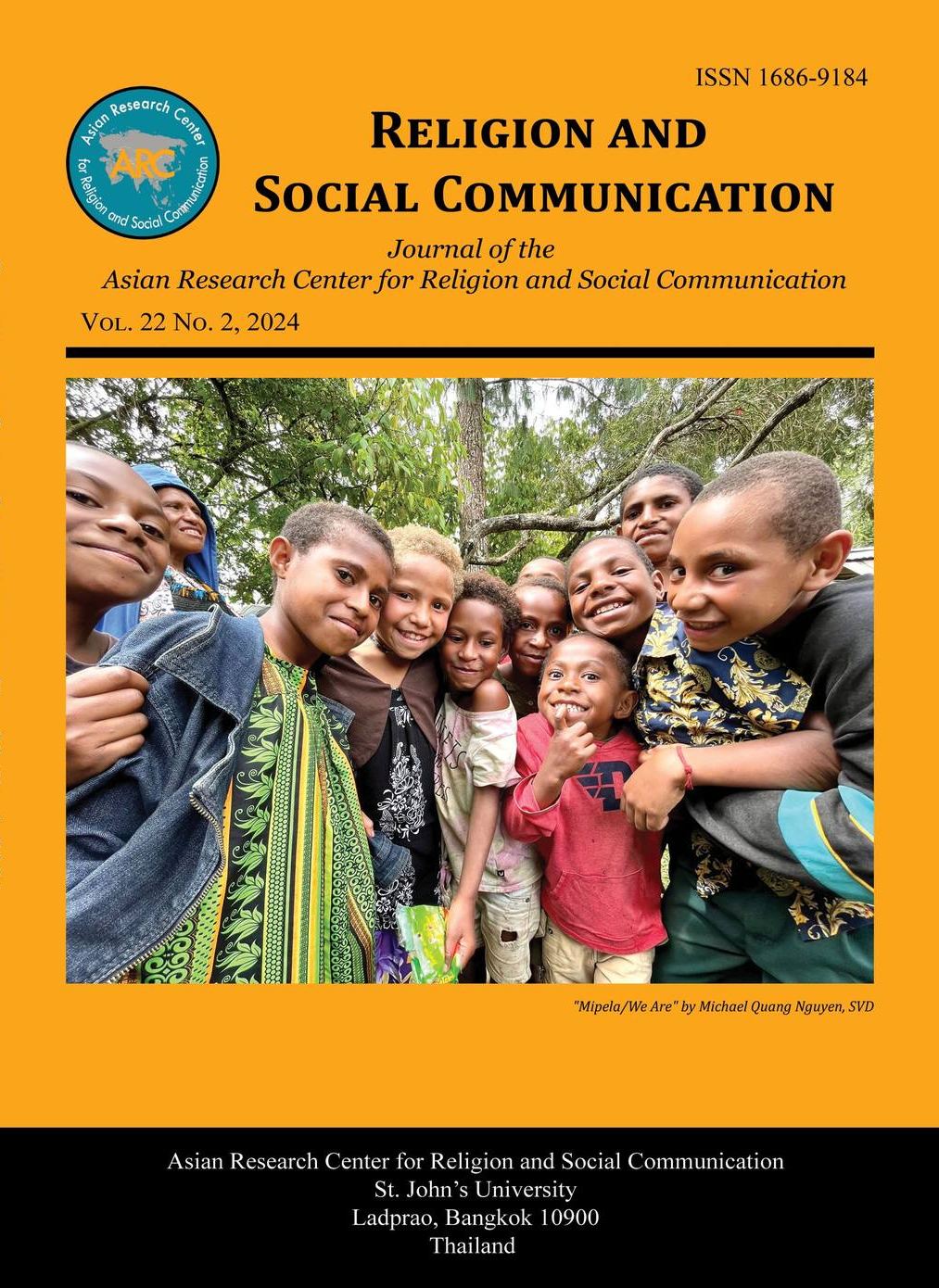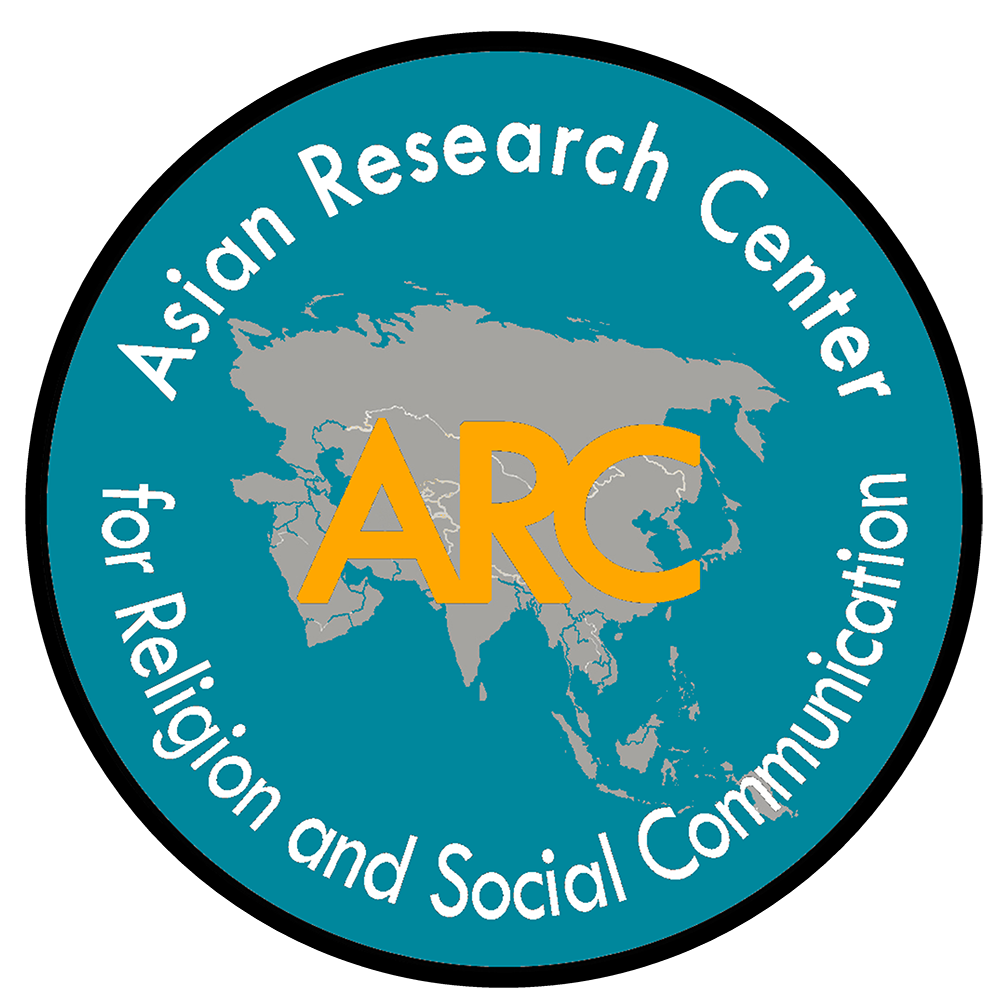[BOOK REVIEW] Rabbis, Reporters, and the Public in the Digital Holy-land
RELIGION AND SOCIAL COMMUNICATION VOLUME 22, NO. 2 (2024)
ISSN 1686-9184
Author
Carl Jayson D. Hernandez
Book Reviewed
Yoel Cohen. Rabbis, Reporters, and the Public in the Digital Holy-land. Abingdon, Oxon: Routledge, 2024, 290 pp. ISBN: 978-1-138-83384-5 (hardback)
Pages 470-473
DOI: https://doi.org/10.62461/CJH220224
The media landscape changed from fighting for space and airtime during the pre-Internet era to manifold options for forms of news publication during the Internet era. Regarding their proponents and audience, technological innovations and increased accessibility of capable devices herald the transformation of the public into citizen journalists. However, a host of challenges regarding news report quali-ty, accuracy, and balance also pervades the current media setting. In Rabbis, Reporters, and the Public in the Digital Holyland, Yoel Cohen traces these changes and comprehensively analyzes the complex tria-dic (troika) relationship between rabbis, the media community, and the public, which departs from the two-way analysis previous scholarly studies dwelled on.
In eleven chapters, Cohen proficiently covers and weaves together an insightful discussion on the three elements (rabbis, the media community, and the public) and their multi-faceted relation-ships. The chapters are as follows: 1. The media setting; 2. The rabbi-nic setting; 3. Is Judaism news?; 4. Gathering the news; 5. Religion and the Israeli journalist: a theological profile; 6. The public and reli-gion news; 7. Rabbis’ exposure to media; 8. Rabbis, Jewish values, and the media; 9. Rabbi Google, or the virtual Jewish community?; 10. Religio-cultural walls in the 21st century; 11. The unholy Jewish troika: rabbis, journalists, and the Israeli public.
Chapters 1 and 2 map the Israeli media and the Jewish religion in Israel. Drawing from the demographics and the historical develop-ment of the Israeli media setting, Cohen gleans from the data the possibility that internet news websites may eventually become the dominant news source for the broader Israeli population. Despite the perceived trend, the continued influence of religion will sustain print newspapers, albeit only the weekends are guaranteed since traditional and religious Jews desire to read newspapers during the Sabbath. Cohen conducted surveys and qualitative interviews to understand the journalists-rabbis relationship. Findings reveal the current state of the quality, accuracy, and balance of the news coverage of religion. In turn, Cohen suggests bridging the rabbis-journalists divide.
Chapter 3 presents the coverage of religion on news websites. Cohen analyzes four months of content from the four leading Israeli news websites. The pattern from the contrasting (two religious and two secular) popular news websites suggests that “mutual perceptions be-tween rabbis themselves and journalists will continue to be defined, in part, by how the respective media – secular and religious media – each define the issues” (p.56).
Given the importance of how perception is shaped, chapters 4 and 5 focus on Israeli reporters and how they gather news on religious matters. One of the key findings is that “there was a high level of interest within news organisations in news about religion: 84% of journalists said they had very great interest or great interest, 13% had medium interest, and only 4% had no interest or little interest” (p. 82). Thus, the digital landscape that offers almost unlimited space allows increased coverage of religious news compared to traditional print media. In chapter 5, Cohen debunks the popular misconception that “the journalistic community are not representative of the broader Israeli population” (p. 105).
Chapters 6 and 7 discuss the exposure of the public and rabbis to religious news media. Despite the general interest in religious matters mentioned in chapters 4 and 5, chapter 6 unravels the public’s complaints regarding religious news coverage. Two prominent criti-cisms against media by the public are social media causing loshon hara (social gossip) and a serious problem with sexual modesty (tzniut) and the media. Comparing this with the vantage point of rab-bis, chapter 7 explores how, generally, rabbis inform themselves about world and community affairs through media. This exposure to news media affects rabbis’ fulfillment of their various roles in their com-munities.
Chapter 8 probes the philosophical attitude of rabbis towards the media. This attitude consequently affects the media-religion de-bate, which drives further exploration of matters like privacy and proper ways of communicating information.
In chapter 9, Cohen poses relevant questions on how media technology transformed the Jewish religion and its dynamics. The COVID-19 pandemic is a significant event that spurred attention to moral and religious questions regarding technology and its utilization for spiritual life. Chapter 10 further examines digitalization and con-centrates on the Haredim’s lifestyle. This chapter reveals how digi-talization and globalization challenged the Haredi “cultural walls” strategy. In confronting those challenges, Haredim developed their own Haredi style of media and policies toward technological advance-ments.
In Chapter 11, Cohen delves into how media and religious news influence the secular-religious divide in Israel. The digital Holyland has no common ground, for the rabbis, reporters, and the public have widely different answers to essential questions. The last section also briefly inquires about artificial intelligence (AI) and its possibilities, such as having a rabbinical chatbot.
I consider this book a landmark study that has been properly scaffolded by Yoel Cohen’s sustained research publications on matters related to the rabbis-media-public nexus. This book demonstrates his years of scholarly research and adept utilization of language. Regar-ding content, Cohen always justifies his remarks, suggestions, and in-sights through his gathered and analyzed data. Furthermore, the mindfulness toward concise explanations of Jewish terminologies and brief yet meaningful contextualization prove how the book caters even to readers unfamiliar with the complexities of Jewish media, religion, and culture.
Given that the study covers a wide scope and an ever-evolving landscape, the book has its distinct limitations, with specific metho-dologies (i.e., surveys, qualitative interviews, content analysis) employed to gather the salient developments in the complex nexus of the rabbis-media-public troika. Also, the scope may have prevented detailed discussions on certain matters (e.g., AI and its impact and possible influence on the digital Holyland). However, the book’s limitations provide an important mapping for researchers interested in areas such as Judaism, media studies, and the implications of techno-logical advancements. Scholars may pursue research lacunas illumi-nated by the book.
Overall, this book will be of great importance to both specialist and non-specialist readers, especially rabbis, the media community, and the public sphere. Heeding the book’s call for dialogue will deeply foster beneficial relationships and ethical use of technology, specific-ally in the pursuit of protecting our basic rights, e.g., the right to know and freedom of expression.





![[Book Review]David Thang Moe. Beyond the Academy: Lived Asian Public Theology of Religions.](https://asianresearchcenter.org/storage/image/2025/06/cover-for-web-1749467974.jpg.160x96.webp)
![[Book Review] Mary Frohlich. The Heart at the Heart of the World: Re-visioning the Sacred Heart for the Ecozoic Era](https://asianresearchcenter.org/storage/image/2025/01/cover-final-1735893887.png.160x96.webp)